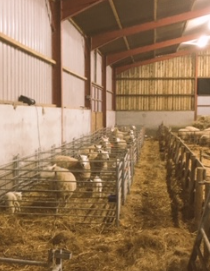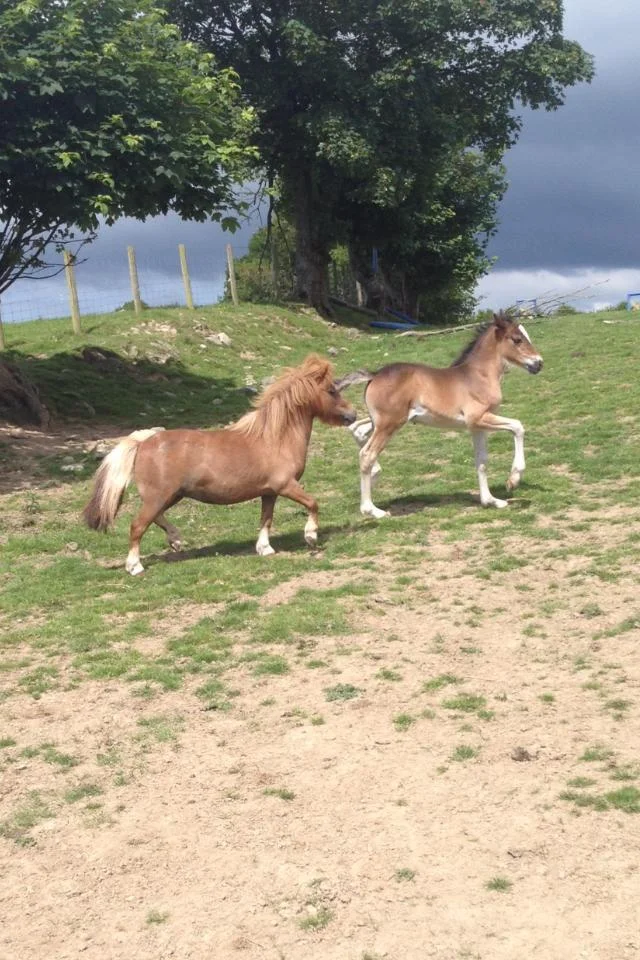Wasting disease in sheep.
/Wasting disease in sheep.
Case example
A farmer has brought a 3 year old, female mule ewe to the practice because she has been ‘wasting away’. The farm reports the ewe seems lethargic and has had bouts of pneumonia throughout the autumn. The farmer has brought her to the practice for you to have a look at because he has noticed a few other ewes going the same way and would like to get to the bottom of what is going on. The farmer performs regular faecal egg counting and worms accordingly. All ewes have heptivac P yearly 6 weeks before lambing.
Things to consider:
· What clinical signs is farmer reporting?
Wasting – what does the farmer mean by wasting? Muscle loss? Weight loss? Both?
Pneumonia- again what does the farmer mean by pneumonia? Nasal and ocular discharge? Coughing? Raspy throat? Trouble breathing? Increase respiratory effort? Increase respiratory rate?
Lethargy- describe lethargy? Is the ewe taking herself away from the main group? Does she straggle behind when he is moving the group? Is she not standing up and grazing?
· Is the problem a group or individual problem?
In this case the problem seems to be affecting a number of ewes within the flock therefore is likely to be a group problem.
· Additional information you are given by the farmer that is helpful.
Regular worm egg counting & subsequent treatment- this piece of information means that wasting disease secondary to an endoparasite (worm) burden is less likely. The main endoparasite that causing wasting in the autumn / winter time is liver fluke.
All the ewes have had heptivac P yearly which protects them against a degree of protection against clostridial disease and pasturella pneumonia.
The vet performs a clinical exam on the ewe and finds the following abnormalities:
BCS of 1.5/5
Explanation: BCS is graded 1-5 with 1 being the thinnest and fat being the fattest. It is determined by assess the cover of fat and muscle over the vertical process and transverse process. You would expect a mule ewe to have a body condition score of 2.5 – 3 in the autumn as they going to be getting ready to go to the tup therefore a BCS of 1.5 is much lower than expected.
Increased respiratory rate
Explanation: Increased respiratory rate means the animal is taking more breaths per minute than normal. Always keep in mind that sheep are a prey species therefore small increases in respiratory rate can be related to fear however in this case the respiratory rate was significantly increased.
Abnormal respiratory auscultation
Explanation: Respiratory auscultation is where you listen to the lung field using a stethoscope. In this ewe the vet could hear a crackling sound as the ewe breathes in and out.
What’s next?
The vet suggested performing an ultrasound examination of the lungs. Below is a video of Iolo White demonstrating how to perform a thoracic ultrasound scan to look for Ovine Pulmonary Adenocarcinoma (tumours of the lung tissue).
In this case the ewe is positive for OPA. Other possible causes of these signs are: maedi visna, pleural abscess and pulmonary caseous lympahdentitis.
Ethical dilemma
Another method of determining if a ewe has OPA is the wheelbarrow test. The tumours in the lungs produce fluid known as exudate which gives the lungs their crackly sound. This exudate can sometimes be seen a froth coming from the nostrils. The wheelbarrow test involves lifting the sheep’s hindlimbs in the air and seeing if fluid comes out of the nose. If fluid pours out of the nose this means they are suffering with OPA.
Questions you would be expected to answering during a vet school interview.
· Is this an ethical test to perform?
· What are the pros and cons of performing this test?
· What is your opinion?
























